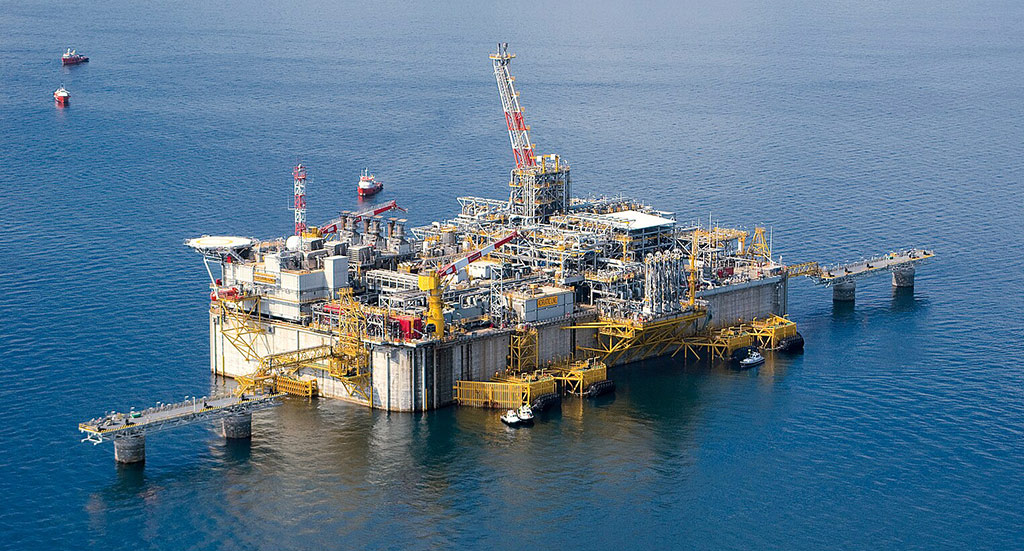Regasification terminals in Italy: how many are there and what is their purpose?

In a context in which changes in the European geopolitical scenario pose a reconsideration of national energy supplies, in Italy the issue of differentiation among energy resources, becomes increasingly crucial.
Regasification terminals, pillars of the gas industry, emerge as a strategic response to this challenge. Their advantage is related to the physical transformation of gas and extends to the security and flexibility of supply they can offer.
In this article, we will delve into the status of regasification terminals in Italy and their role in ensuring a reliable and sustainable energy supply.
What is a regasification terminal?
In the energy landscape, regasification terminals play a crucial role in transforming Liquefied Natural Gas, also known as LNG, into a usable form.
Their main function is to adapt the gas to the needs of the distribution system, converting it from its liquid form to a gaseous one.
This regasification process is crucial to ensure flexibility in energy supply, allowing for a more efficient distribution that can adapt to variations in demand.
Ultimately, it significantly contributes to improving energy sustainability by facilitating a supply aligned with new standards and criteria.
The state of regasification terminals in Italy and new construction projects
Currently in Italy, the number of regasification terminals plays a fundamental role in shaping the national energy landscape.
At present, there are 4 operational regasification facilities in Italy:
- the onshore plant at Panigaglia (La Spezia)
- the floating regasification terminal near Livorno
- the structure on the artificial island of Porto Viro (Rovigo)
- the recent regasification vessel in the port of Piombino
In addition to these, the construction of a new floating terminal is also planned for 2025, to be located near Ravenna.
These projects follow the path undertaken by the Italian government, involving increased investment in the development of LNG regasification terminals, with the aim of diversifying the energy supply and reducing dependence on gas imports from Russia.
Diversifying sources and creating more efficient infrastructure will indeed be key elements in ensuring a stable and sustainable energy supply over time.
LNG: what are the advantages of Liquefied Natural Gas?
This gas represents an increasingly appreciated energy source by the market and governments, thanks to the numerous advantages it can offer.
In fact, its transformation into a liquid state allows for more efficient transportation and easier storage, facilitating widespread distribution.
Furthermore, LNG is known for its versatility in use, adapting to various industrial and domestic needs.
For example, in maritime transport, it is used as a fuel to reduce polluting emissions. In the automotive sector, an increasing number of vehicles are adopting LNG as a cleaner alternative. In the industrial sector, it powers production facilities, ensuring efficient energy supply.
How Levorato Marcevaggi can assist you with a punctual and efficient LNG transport service?
As we have seen, in a geopolitical context where energy security and sustainability are prioritized, regasification terminals emerge as crucial elements in the Italian energy landscape.
LNG, with its multiple advantages, is therefore destined to play an increasingly central role in the national energy supply.
Levorato Marcevaggi, with over 70 years of experience in the dangerous goods road transport field, is at the forefront of Liquefied Natural Gas transport.
We are specialized in LNG transport services, both nationally and throughout Europe.
With an extensive fleet equipped with tanks specifically designed for LNG transport and our highly qualified team, we can assist you with every need.